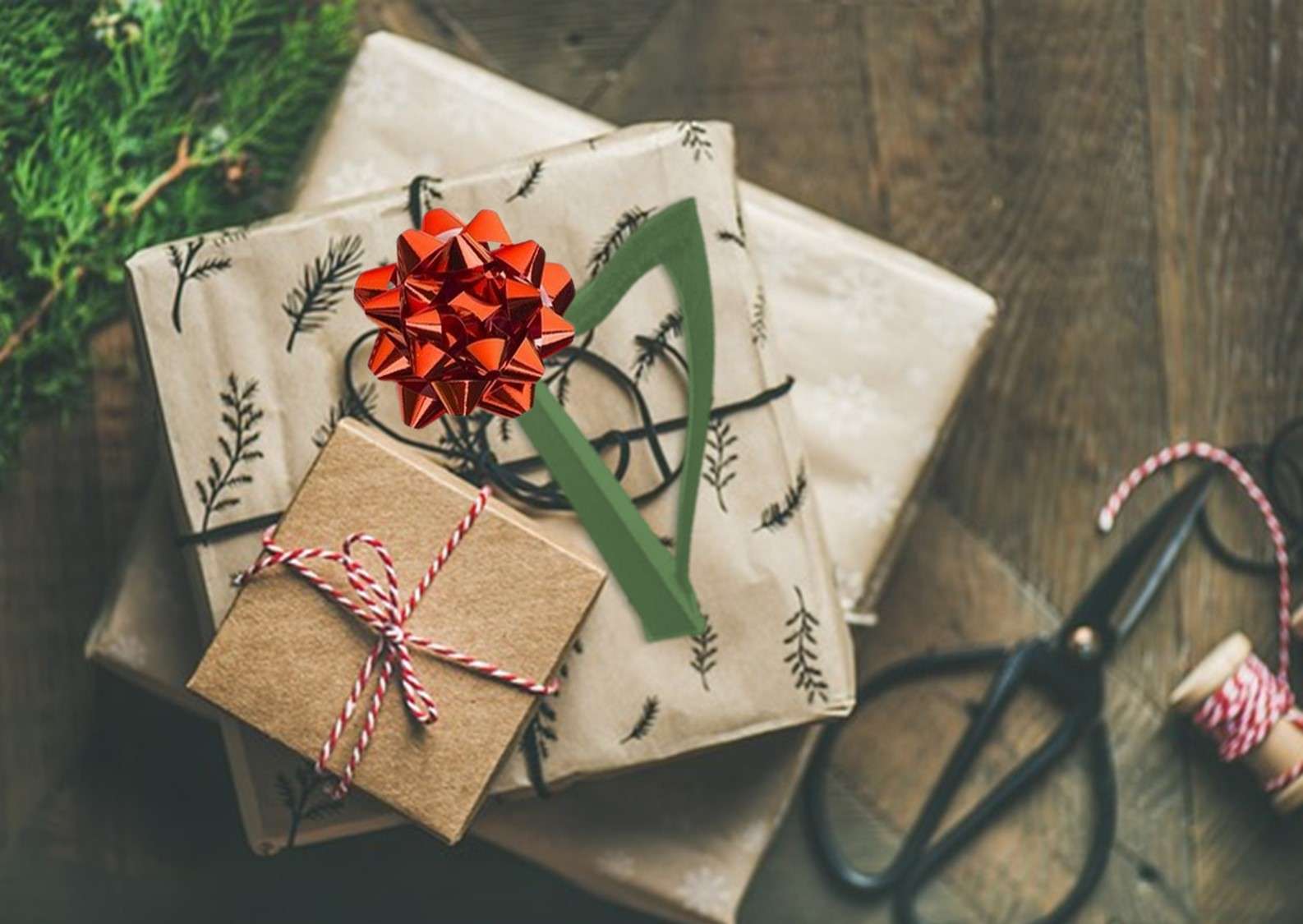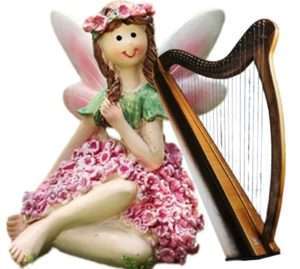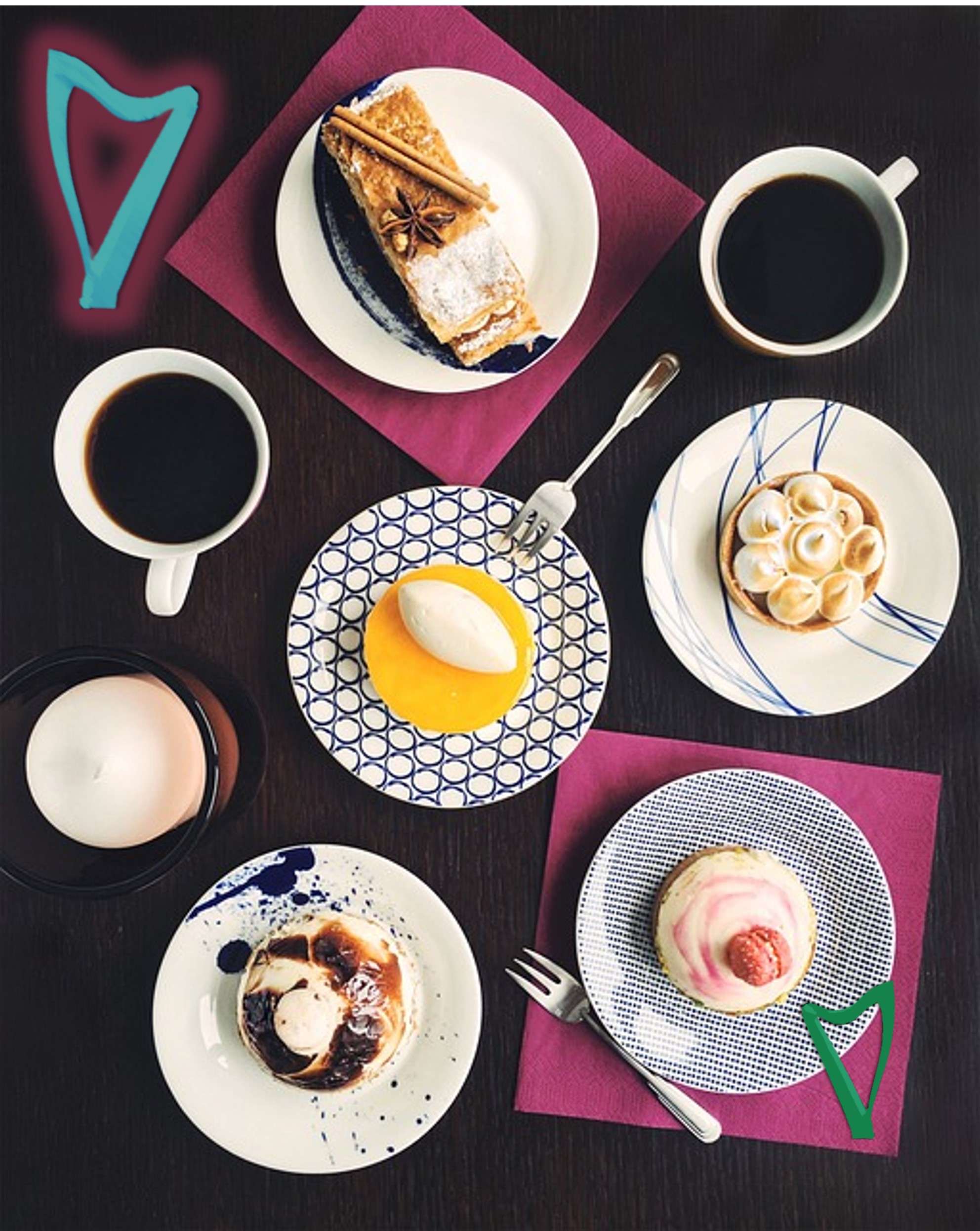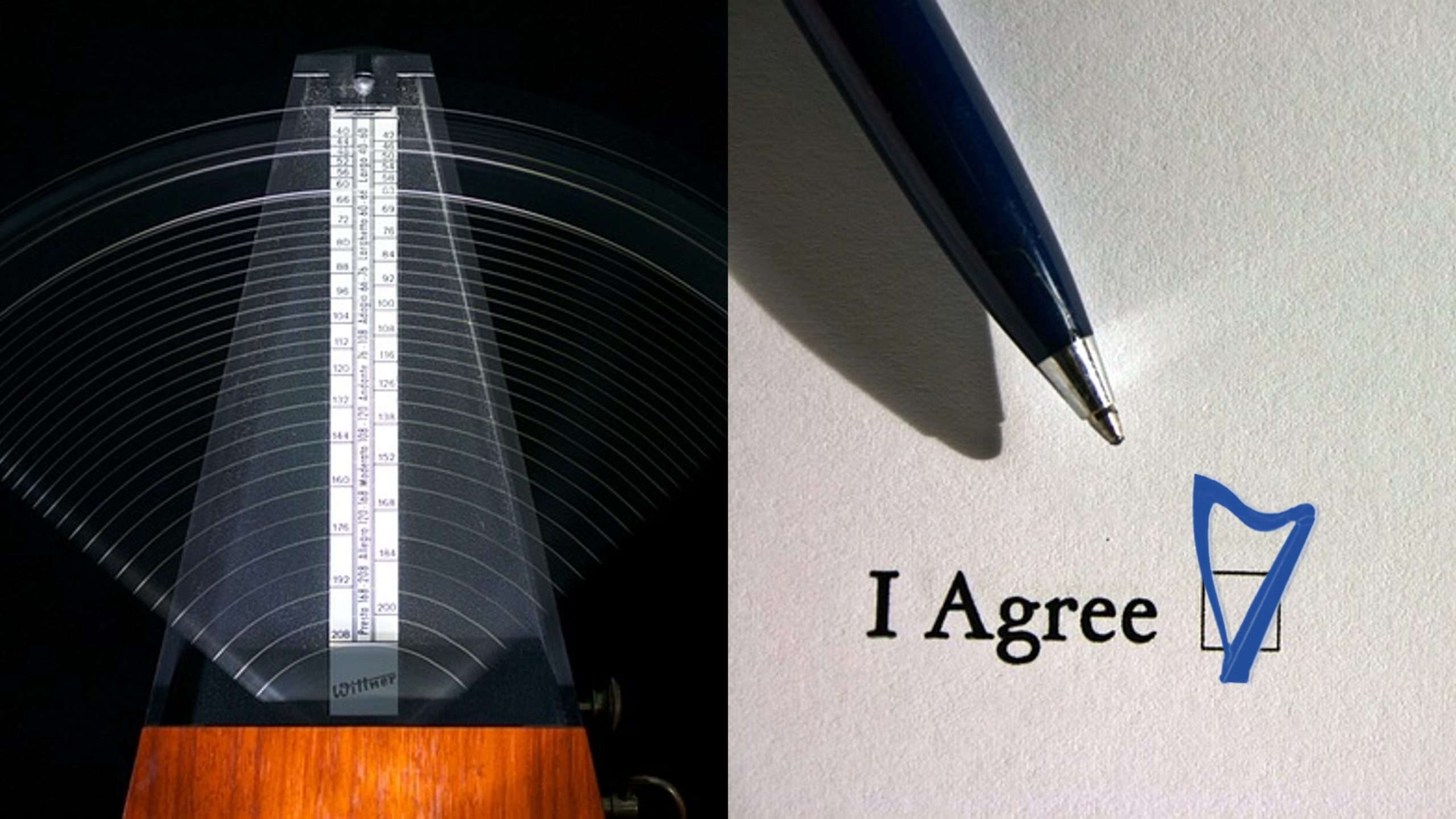Gift Guide – Part B
Last week we listed some gift ideas you could share with the people in your life who might ask what you would like to receive this holiday season. Now let’s flip the script. What gifts could you give from there on your bench?
Like any gift guide, this means matching the giving intention to the recipient and there are so many possibilities!
- You can play for your family. You might think that your family listens to you play every day so this wouldn’t be a good gift. But the reality is that they probably don’t listen to you practice. They might hear you, but they’re probably not listening. They will enjoy having a specific time to sit and actually listen to the fruits of your labors. They are, after all, your biggest supporters.
- Jane Austen is calling! There was a time when it was expected that each person would take their turn being entertaining for guests. Invite your supportive friends over and, as part of the time together, play for them. You’d be amazed how many of your friends don’t even know you play the harp, and how many of those who do know have never heard you play.
- Play for someone special. This can be as complicated or as simple as you want to make it. You have all the tools – just get out of your own way. Play the music you hear in your head. Don’t have a lot of noise going on up there? Stumped on where to start? Set your harp to C major and play only the white strings (thank you Marianna!) and diddle around. Run your recorder. Go back and listen, find what you like and put that stuff together. Practice that, toss in a left hand (hint – start with G) and boom! a handmade present!
- Give a concert. Why not! You need a venue (your living room?), an audience (friends, family, neighbors), and you need 3 to 20 tunes (depending on how long you want to perform). Add some “patter” (it is a show, you are the MC) and wine or tea and cookies and you’re in business. It doesn’t have to be Carnegie Hall, just play.
- Volunteer. Go to a nursing home or a rehab facility and play for them (or for the staff). You can do this anytime of year but the holidays seem like a good time to start (this does require a bit coordination, but so worth it).
It’s also amazing how good you’ll feel after sharing your gift of music. What else could you do with your harp to give someone a lovely gift? I’ve given you several ideas here, but I bet you have better ones – let me know in the comments.











